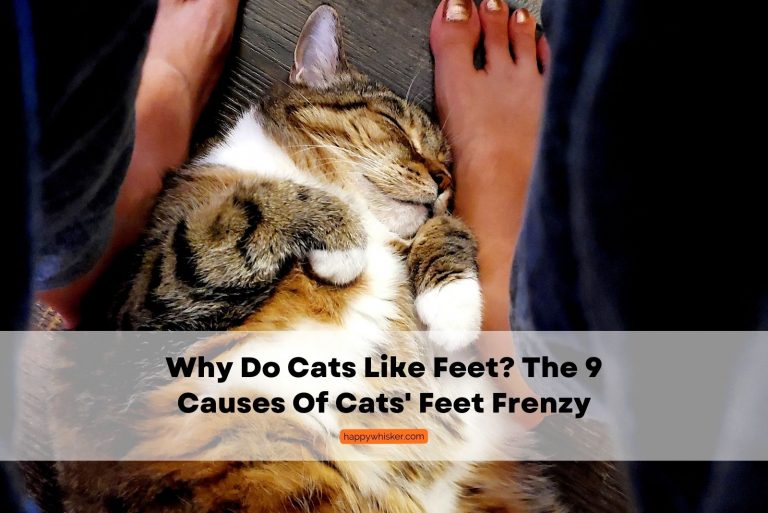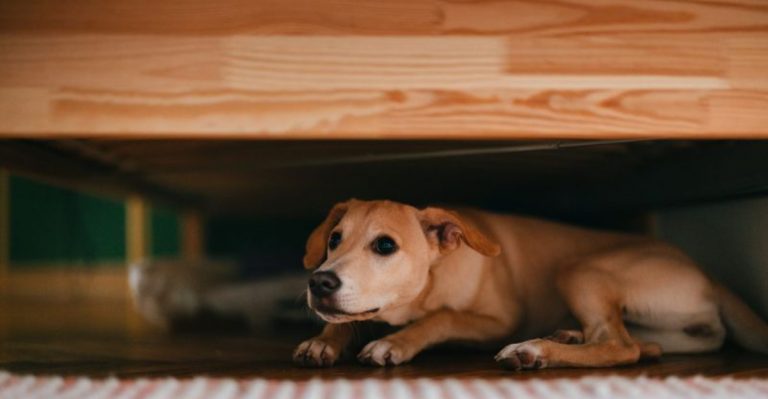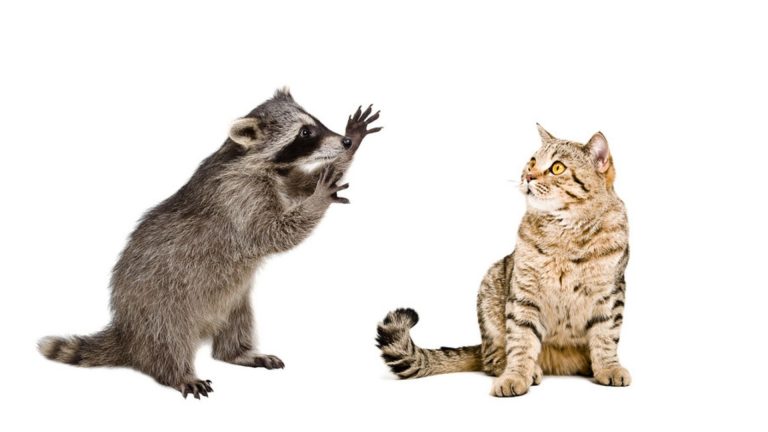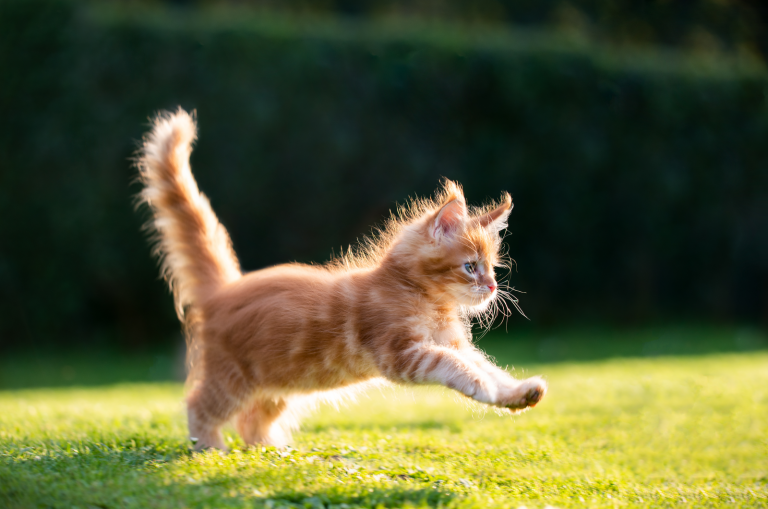Cats With Undercoats – Grooming And Care Tips
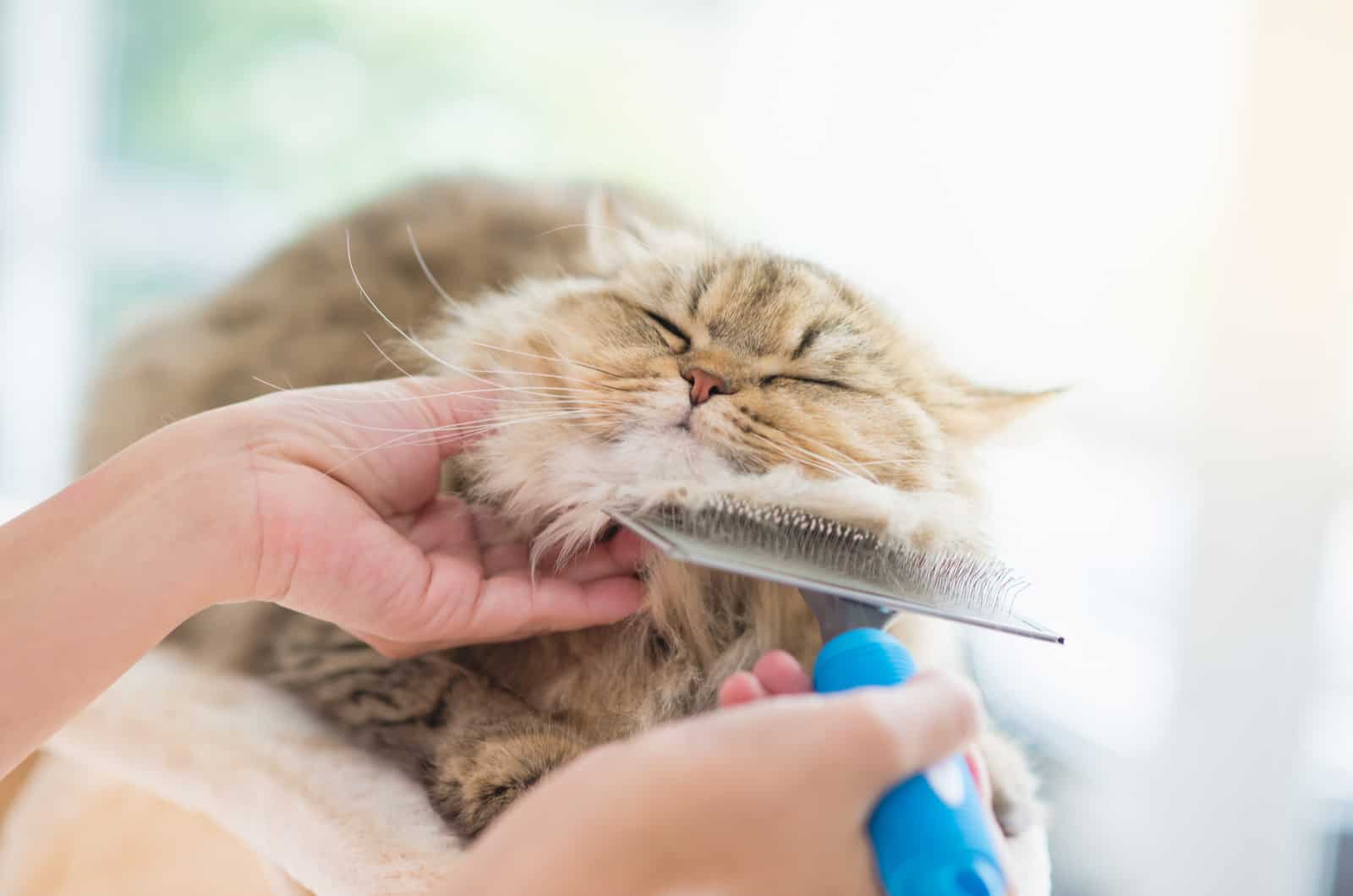
One of the most important things when it comes to caring for your cat is that they have clean and healthy fur. So let’s dig deeper and find more about cat coats!
Most cats have a double coat which consists of an undercoat and a topcoat. These two coat types are essential for both the cat’s health and its protection from the outside world. In order to maintain your cat’s coat and skin healthy, you should know how to take care of it properly.
What is the undercoat? The undercoat is the inner layer of a cat’s hair that is closest to the skin. It’s short and very soft. Most importantly, it needs special care because its main purpose is to protect the cat from cold and other potential harm.
You’re here probably because you have a feline with a double coat and you want to learn more about the benefits of having an undercoat and how to maintain it properly. Read on to find out everything you need to know about cats with undercoats!
What Are Cats With Undercoats?
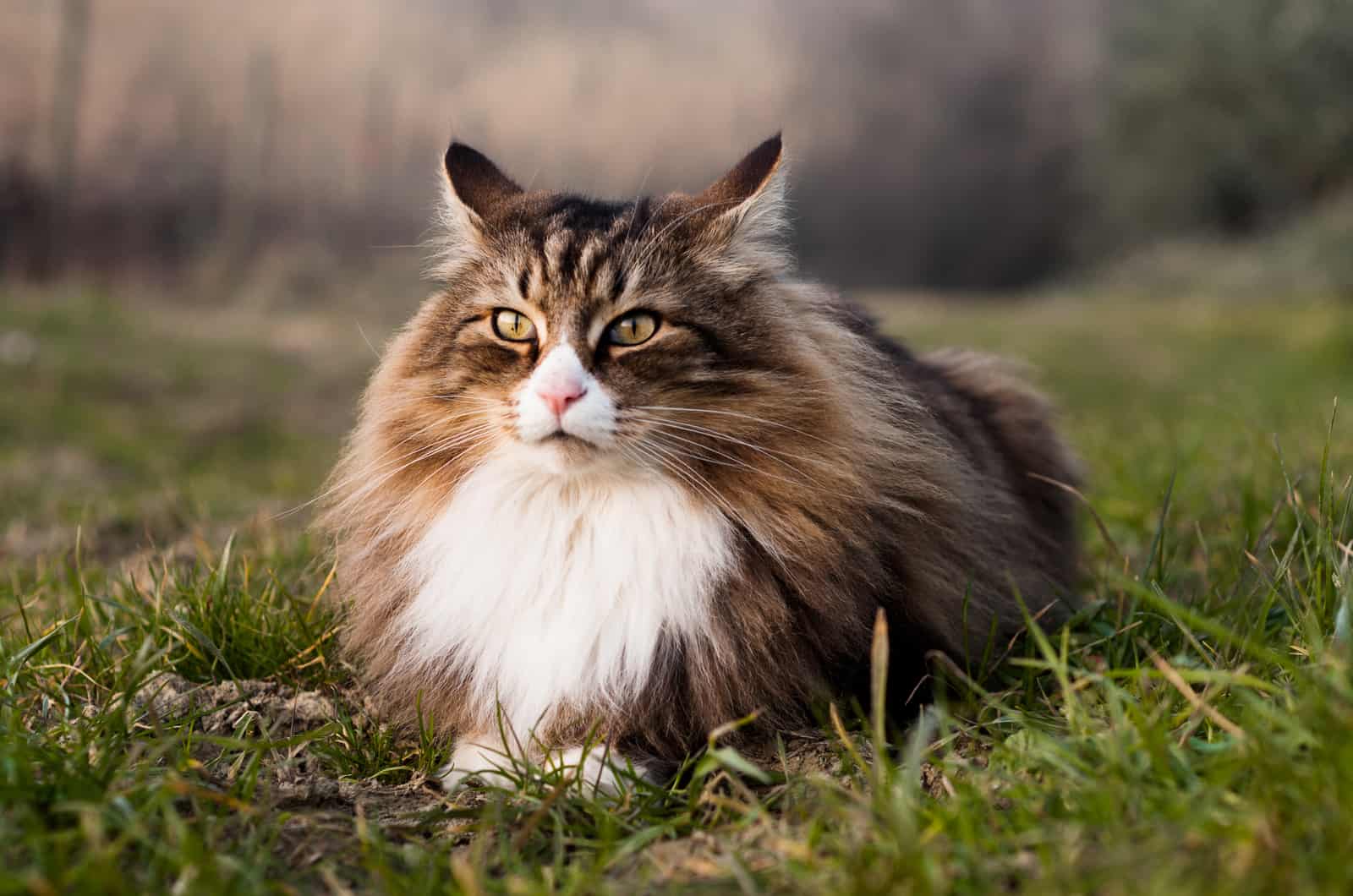
If you have a cat with visible fur, this means that your cat probably has a double coat, which means both an undercoat and a topcoat. The exception is, of course, hairless breeds such as the Sphynx. They don’t have a double coat, but don’t let the name “hairless” trick you!
Sphynx cats still have a small amount of hair, usually around their neck and on the back, so they’re not completely hairless. However, without an undercoat, they may have difficulties regulating their body temperature during colder months.
However, there are other cats with different hair lengths and each of them has a specific coat, so let’s find out more about cats with undercoats!
Curly-Haired Cats
Curly-haired cats have an undercoat. The best example of a curly-haired cat is the Devon rex. These cats are very unique because their coat is curled and soft, consisting mostly of an undercoat. Their topcoat is barely there. However, this type of coat is exactly what makes curly cat breeds the perfect pets.
With their short, curled hair, the amount of shedding from the cat is reduced to a minimum. This is an advantage for people who suffer from allergies. The Devon Rex is extremely rare and, because of their perfect coat, they may cost a fortune. However, if you’re an allergy sufferer, it could be worth it!
Short-Haired Cats
Even though these cats are called short-haired, they still have a double coat and they shed during the seasons.
An undercoat helps them to regulate their body temperature during the colder months. However, the top coat is also important because its function is to protect the cat from external damage.
As I said, these cats do shed, but not as much as long-haired cats. Their fur still requires special care. With regular brushing and bathing, you’ll help your cat speed up the shedding process and you’ll be able to prevent many of the negative shedding consequences such as hair on furniture and allergens in the air.
All in all, they’re quite easy to maintain as long as you pay attention to their brushing and bathing regime to keep your cat’s skin and fur healthy.
Long-Haired Cats
Long-haired breeds also have a double coat – an undercoat and a topcoat. However, their coat can sometimes be very difficult to care for as their hair length can be as much as 9 inches.
Even though they groom themselves, they still require your help because of their hair length. It’s essential to take proper care of your long-haired cat’s fur.
The hair may tangle due to its length, and that’s when you should step in! You need to use the right brush for the right purpose in order to help your long-haired cat during the shedding season. Be prepared; they really shed a lot!
Some of the most popular cats with long hair are the Maine Coon, Persian, Norwegian Forest Cat, Ragdoll etc.
What Are The Benefits Of An Undercoat?
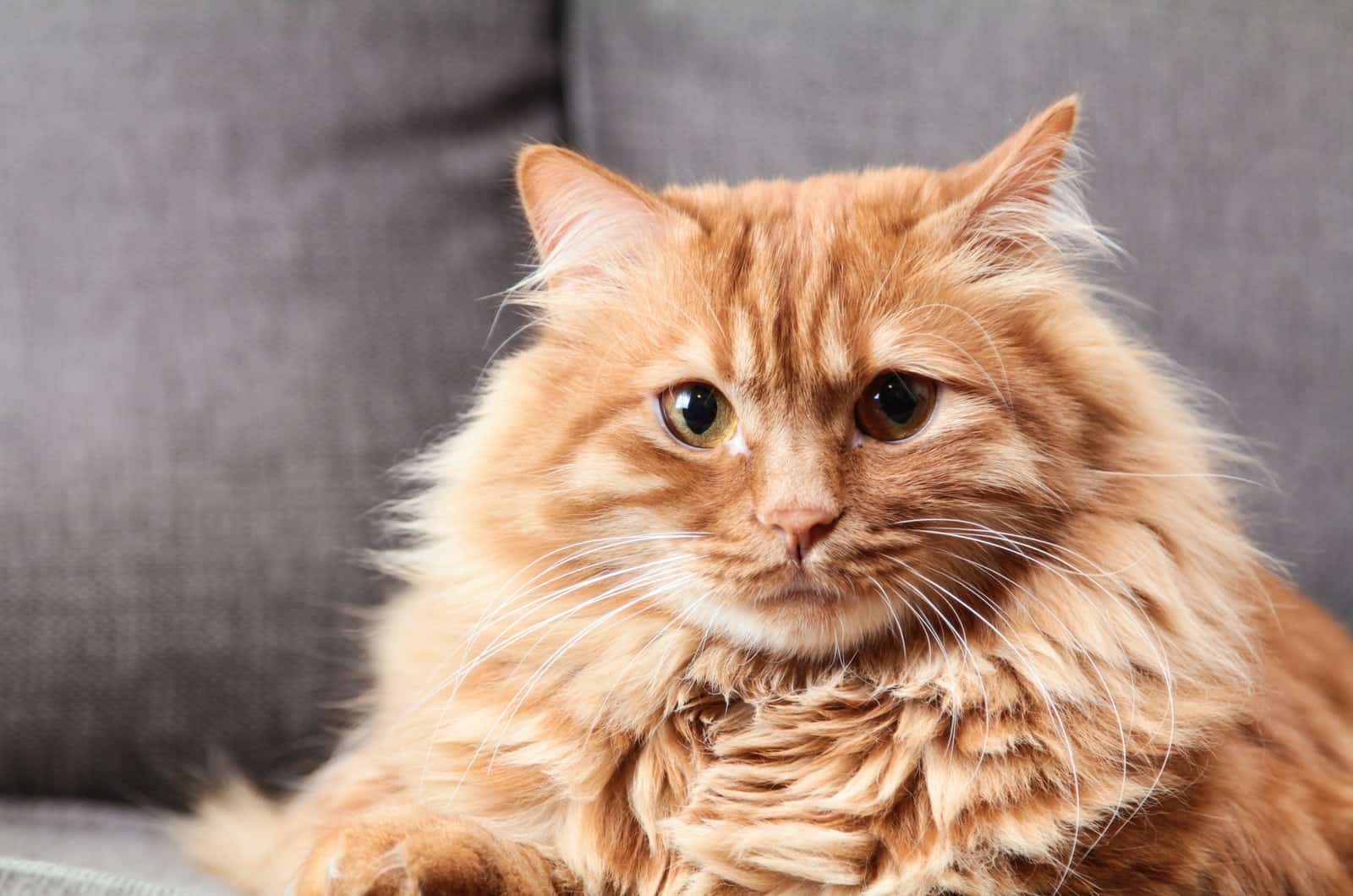
Cats with undercoats have many benefits and one of the most important is that undercoat enables the cat to regulate body temperature and keep it warm during the colder months. It also protects the cat’s skin from external damage.
However, just as the undercoat is important for a cat during the colder months, it’s also important that it is removed during the warmer months. This is a natural process called shedding, which cats usually do by themselves, however if you have an indoor cat, it may require your help.
That’s actually a good thing because by helping your cat, you’re also reducing the amount of hair and dander around your home. However, you must be patient! Read on as I will explain this further!
Do Cats Shed Their Undercoat?
Cats shed their undercoat twice a year on average. First, in the spring, they reduce any unnecessary fur in order to adapt to the warmer days. Then during fall, they grow new, thicker, fur in order to maintain their body heat.
This process is natural and crucial for a cat’s hair coat. Cats usually do the self-grooming, but your help may make the process faster and easier.
Long-haired breeds as well as older cats who are not as flexible may require more of your help to get the job done.
Layers Of A Cat’s Coat
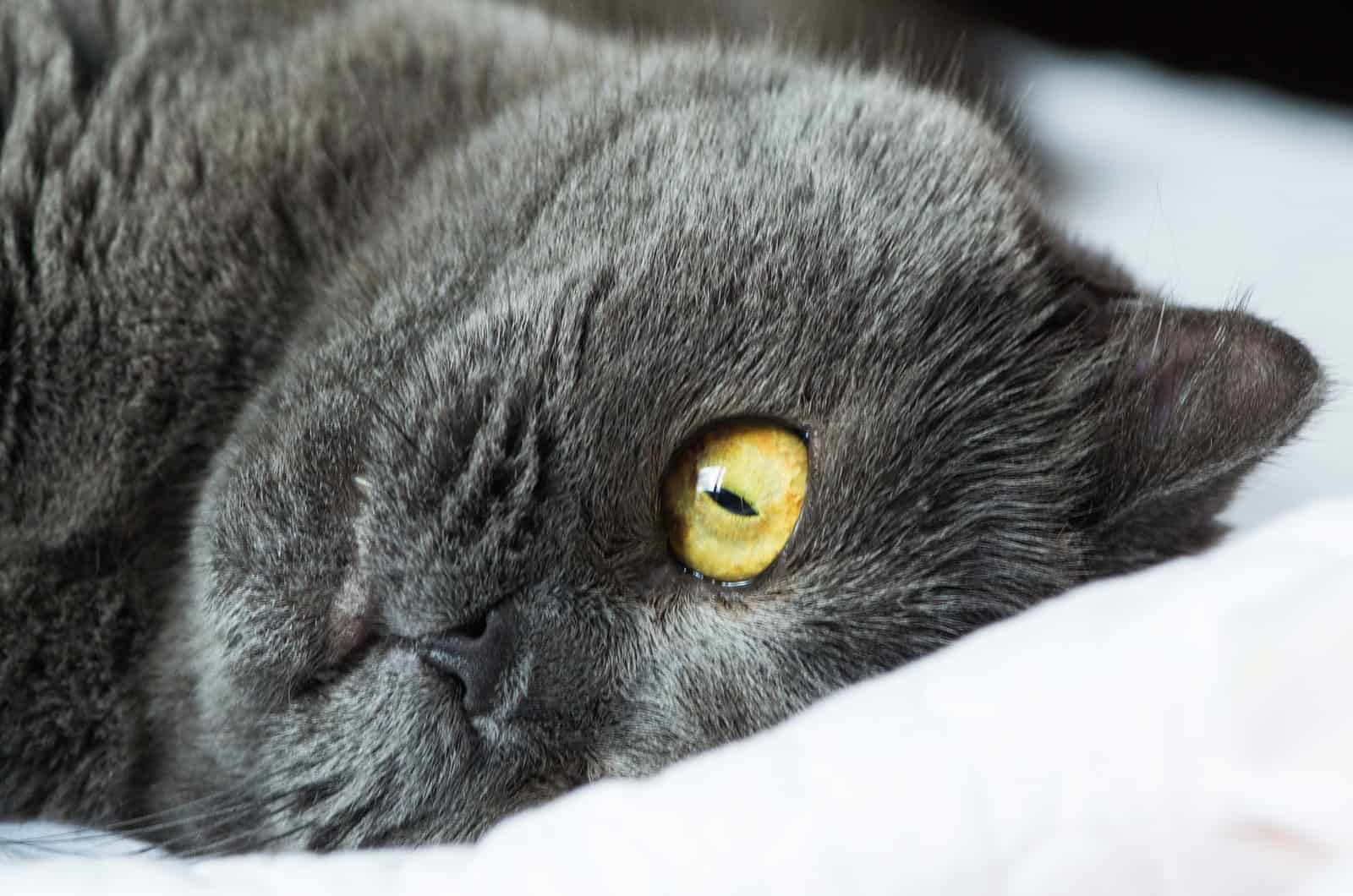
A cat’s coat usually consists of two main coats – an undercoat and a topcoat. However, the topcoat consists of several layers that each play an important role in keeping the cat’s body warm.
Because of that, as a cat owner, you should learn more about these coat layers in order to care for your feline friend! So, let’s learn about the various layers and their purposes!
Awn Hairs
Awn hairs are one of three layers in the cat’s topcoat. These hairs are much longer than down hairs but shorter than guard hairs.
This layer has 2 different functions: firstly to keep the cat warm and protect it from the sun, water, and other things that may cause damage.
Guard hairs
Guard hairs are another part of the topcoat, but different cat breeds have different types of guard hairs. A kitten is born without guard hairs; they only start to grow later when the kitten becomes older. Guard hairs will develop differently depending on the cat breed.
This thick layer protects a feline from the sun and radiation and it plays a crucial role in determining a cat’s fur color.
Vibrissae
Now let’s confirm what vibrissae are? For every cat owner that doesn’t know, this is the proper name for a cat’s whiskers. Cat’s whiskers are positioned on each side of the cat’s face and above the eyes, as well as on the edges of the legs.
These are the cat’s crucial sensory organs which enable it to move around safely and carefully.
The Difference Between Undercoat Removal And Deshedding
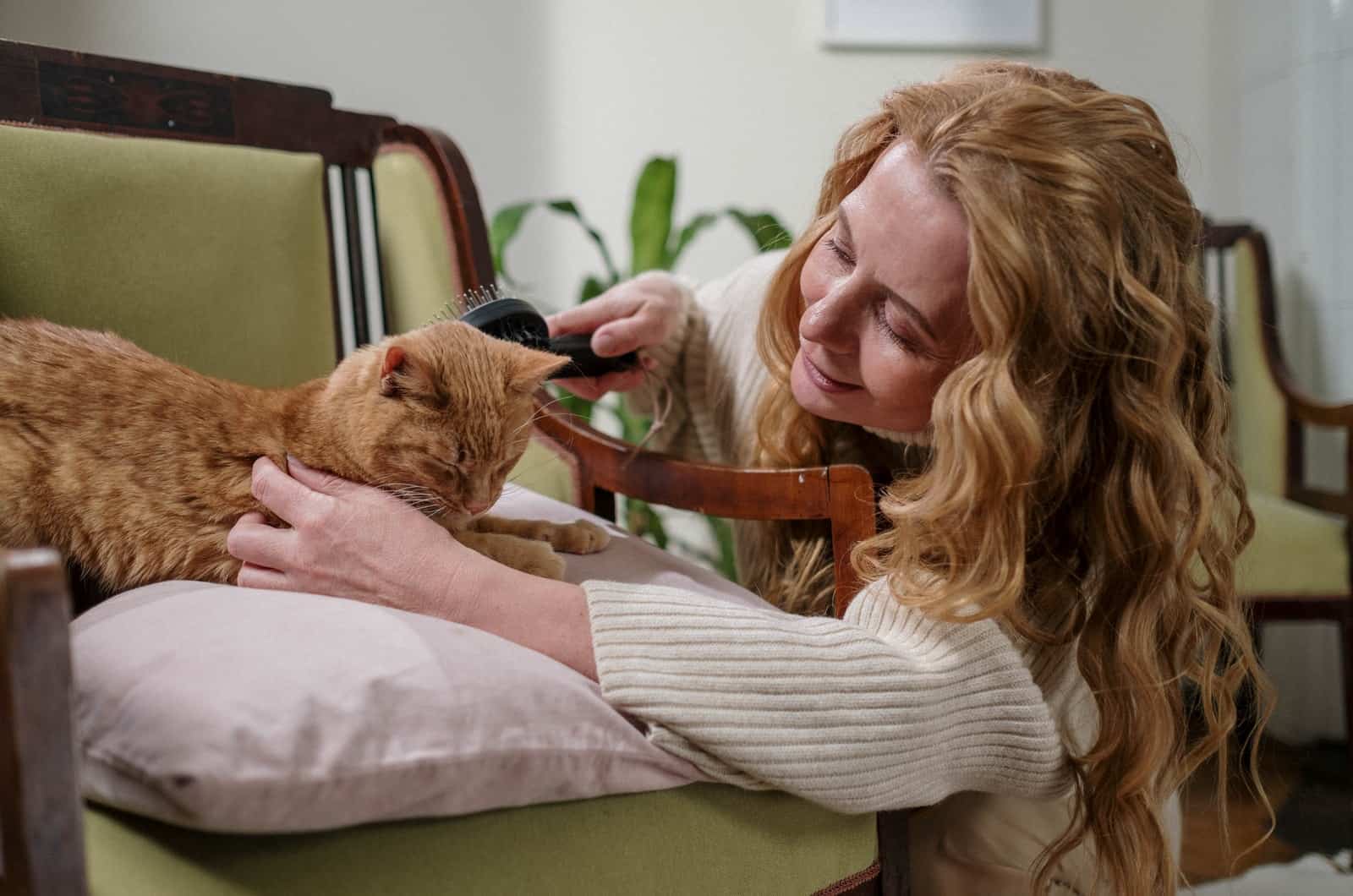
Although these two things are very similar, they’re not quite the same. However, both processes are very important for cats with undercoats.
Undercoat removal is the process of reaching into the undercoat using special combs in order to remove loose hair. This process results in fewer tangles and mats.
On the contrary, deshedding, while also an important process, involves brushing the rest of the loose and dead hair from both coats. This way, you’re maintaining your feline’s outer coat and keeping it smooth and shiny, reducing the risk of hairballs that could lead to health problems.
I advise you to combine these two methods in order to achieve the best results and to speed up the shedding process.
Is Undercoat Removal Important?
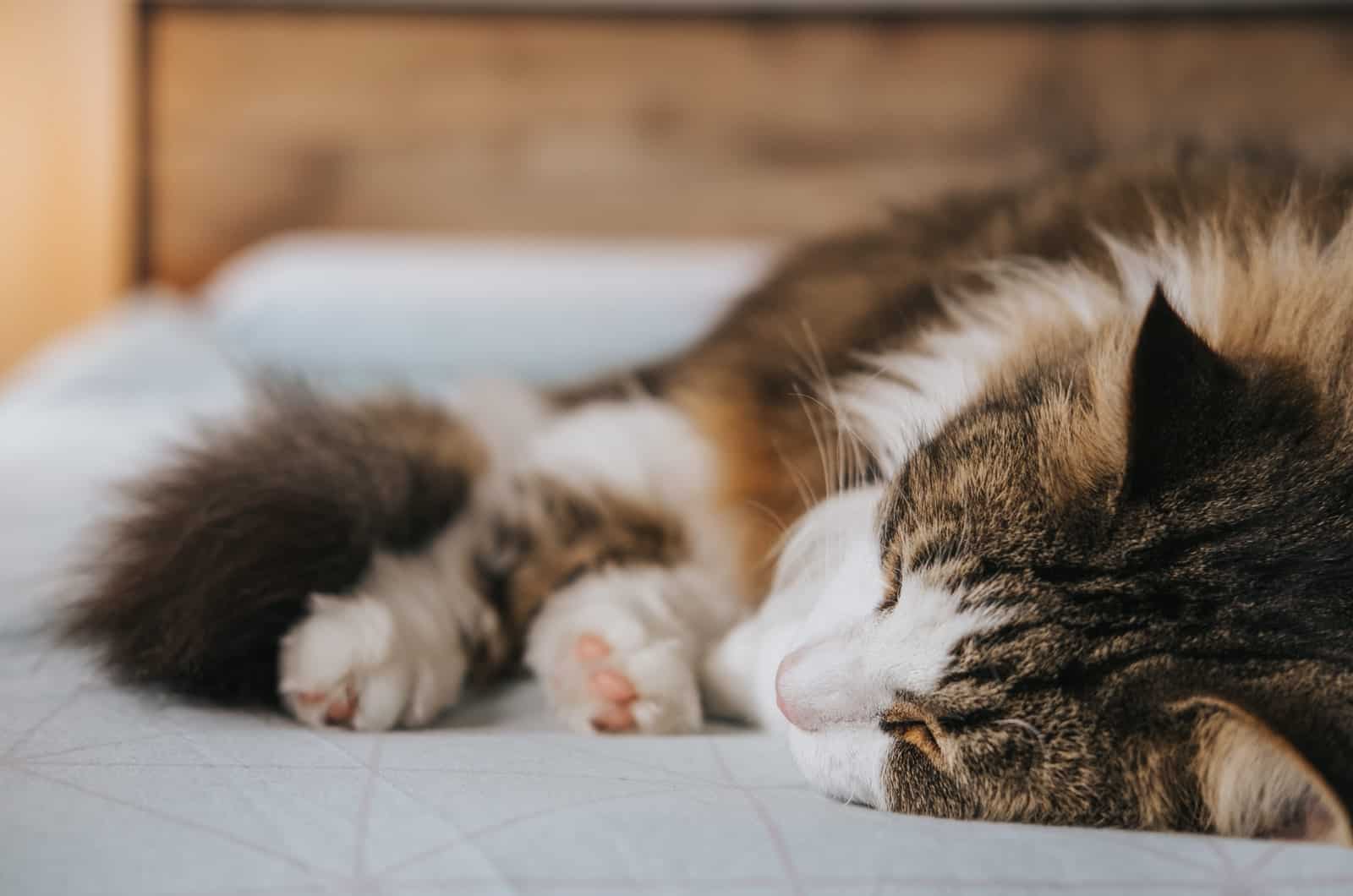
If your cat has an undercoat, its seasonal removal is very important. Undercoat removal has many benefits that can make life easier for you and your cat. With proper undercoat removal and care, you’ll avoid hair tangles, matting, fur looking separated, and potential skin irritations.
Make sure that your regular brushing is on point because undercoat removal offers so many benefits! Stay with me and find out!
Benefits Of Undercoat Removal
Fewer Hairballs!
Grooming sessions are very important because they reduce the amount of hair that your cat ingests and this reduces hairballs. As self-grooming cats lick themselves, they ingest a lot of hair which later form hairballs which cats eventually have to vomit up. It’s not pleasant for the cat or for its owner.
If your cat does all its own grooming, there’s a possibility of numerous hairballs which may cause even more health problems.
If you brush your cat regularly, and help remove dead fur from the coat, you’ll definitely reduce the amount of hairballs and save your cat from struggling.
No Tangles!
Tangles are more frequent in long haired cats. If you neglect your cat’s coat, her long hair may tangle, and a cat cannot solve that problem alone. Either way, you have to intervene.
This is why it’s best if you brush your cat regularly and prevent her hair from tangling. Not only are you helping your cat, but you’re saving yourself a bigger job detangling matted hair later on.
Some cats may be so neglected that their hair problems need to be solved by groomers with proper tools.
No Mats!
Just like tangles, mats are more likely to happen to long-haired breeds, but others aren’t excluded. Mats happen due to the fur being tangled or knotted. It’s a serious problem that can be really hard to solve.
However, if you’re brushing your cat frequently with the proper tools designed for a cat’s coat, you’ll reduce the risks of mats and prevent your cat having skin irritations, dead skin, loose fur, and other issues that may affect your cat’s quality of life.
Suggested: Why Has My Cat’s Fur Gone Lumpy? 12 Potential Causes
Clean Environment!
With frequent and proper grooming, you can definitely reduce the amount of hair around your house. If you let your kitty do the job by herself, you’ll risk having hair and dander everywhere. This can be very bad for people with allergies.
Proper and frequent grooming is the key to a happy and healthy life for your cat. If you help your cat to remove the unneeded undercoat during the shedding process, it will be much easier for you and your feline later. She won’t suffer from as many hairballs, and you can enjoy a cleaner home.
Healthier Fur!
Frequent brushing is also the key to healthy fur. After you carefully remove the undercoat, your cat’s skin cells will be more hydrated due to the natural oils released. These oils take care of a cat’s fur and make it soft and shiny so it isn’t just healthy, it’s also beautiful.
Cat Grooming Tips!

If you’re a cat parent who wants to improve his grooming skills in order to make your cat’s fur healthier and prettier, then here are some tips that may help you in the future. Don’t worry, you’ll have plenty of time to prepare for it!
How Often Should You Groom Your Cat?
How often you groom your cat depends on the type of hair it has. Different types of hair have different needs.
Earlier, I listed cats with different types of hair, and their grooming needs depend on that.
For example, long-haired cats or curly-haired cats need to be brushed once a day in order to avoid tangles, mats, knots, and similar issues. That way, you’ll keep your cat’s fur soft and shiny, and most importantly, healthy.
Short-haired cats, on the contrary, don’t need to be brushed every day, but remember that it’s very important to at least check your cat’s fur every day. If you notice problems such as tangles or mats, it’s a sign you should start brushing your feline more often.
Besides keeping your cat’s fur clean and shiny, undercoat removal is important because then you can more easily check your cat’s fur for fleas and ticks, so that you can treat the problem right away.
Brushing is so important for so many reasons. Learn how your cat’s coat functions and adjust your grooming regime to meet your cat’s needs!
The Best Brushes And Combs For Grooming!
It’s best to consult with a professional about choosing the best grooming tools for a particular type of cat’s hair.
The key to proper brushing is using the appropriate tool. For example, there are stiff bristles that are used for cats with short undercoats.
On the contrary, for long-haired cats ,the best tool is a long-toothed metal brush which is perfect for removing loose hair from the cat’s body, leaving healthy fur that feels silky and smooth.
The ‘furminator’ is one of the most popular grooming tools. It’s actually a clipper blade on a brush that removes the undercoat much more easily.
Always try to be very gentle in order not to cause discomfort to your cat by pulling her hair trying to detangle the knots or similar.
Suggested: 10 Best Brushes For Long Haired Cats + Buying Guide
How Often Should I Bathe My Cat?
If you thought that brushing was all the necessary work, then you’re wrong! Besides brushing, bathing also plays a major role in reducing loose hair and dead skin.
Even bathing depends on different hair types, the cat’s age, and any relevant health conditions. Long-haired breeds require frequent bathing while short-haired breeds don’t need as many baths.
Older cats and cats with health conditions may not be able to shed as effectively as before, so they may need extra help. Besides brushing, they need to bathe in order to help remove dead fur.
With the appropriate shampoo and a proper brushing after bathing, your furry friend may be unrecognizable, but believe me, they will be healthier and happier than ever!
Most Common Grooming Mistakes
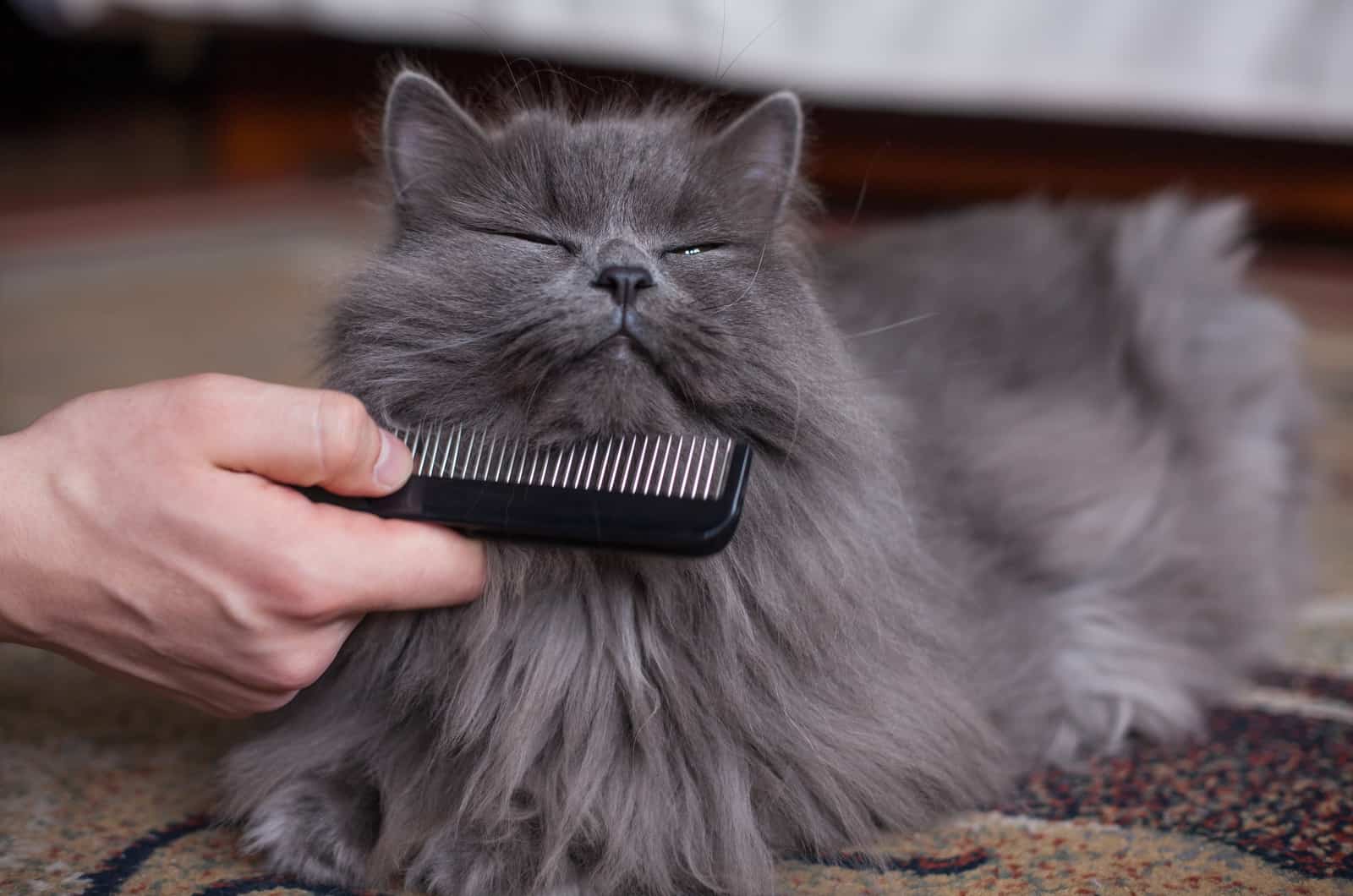
There are times when cat parents feel that there’s no progress from their grooming. However, if there’s no progress then it usually means you’re not doing it right.
Don’t worry, it’s completely normal if you aren’t experienced. Check out this list of the most common grooming mistakes that cat parents tend to make. These should make your grooming sessions much more effective!
Not Brushing Your Cat Often Enough!
Not brushing your cat often enough may result in tangles, mats, and even numerous hairballs as a result of the cat ingesting too much of its hair.
In order to make it easier for both you and your feline, you should adjust the grooming sessions to the cat’s coat type, and brush more often in order to keep their fur healthy.
As I already mentioned, long-haired cats require more attention and more frequent brushing, usually once a day. Short-haired cats don’t need brushing every day, but a daily check won’t hurt them either!
Using The Wrong Brush!
Using the wrong brush is one of the most common mistakes. That’s why it’s very important to consult with some experts or experienced groomers if you don’t know what brush you should use for your cat.
Cats with different hair types cannot be brushed with the same brush because it won’t have the same effect. Learn how your cat’s fur functions and invest in the brush that is best for it!
Brushing In The Wrong Direction!
If your cat has ever complained during the brushing process, maybe you were brushing the fur in the wrong direction.
The best direction for brushing is to go along with the natural growth of the hair. In that way, you’ll avoid your cat being uncomfortable or nervous, and she’ll be more likely to enjoy the brushing.
If your cat enjoys you brushing against the natural direction of the fur, then you can continue with it, just make sure you don’t do it very fast or roughly.
Shaving The Undercoat!
Some people may think that the best option for removing the undercoat is shaving it. This is a big NO!
A cat’s coat is crucial for good health and it protects the skin from many things. It is natural for cats with undercoats to shed with the arrival of warmer days.
However, if you decide to shave the undercoat, you’re basically going to have to shave both coats, and leave the cat completely unprotected.
There are exceptions, like when a cat needs surgery or has a skin or hair condition that requires hair removal. That is the only time that the shaving of the undercoat is okay, and this will be done by a vet. You shouldn’t ever shave your cat without good reason because it does pose a risk to your cat’s health.
FAQ
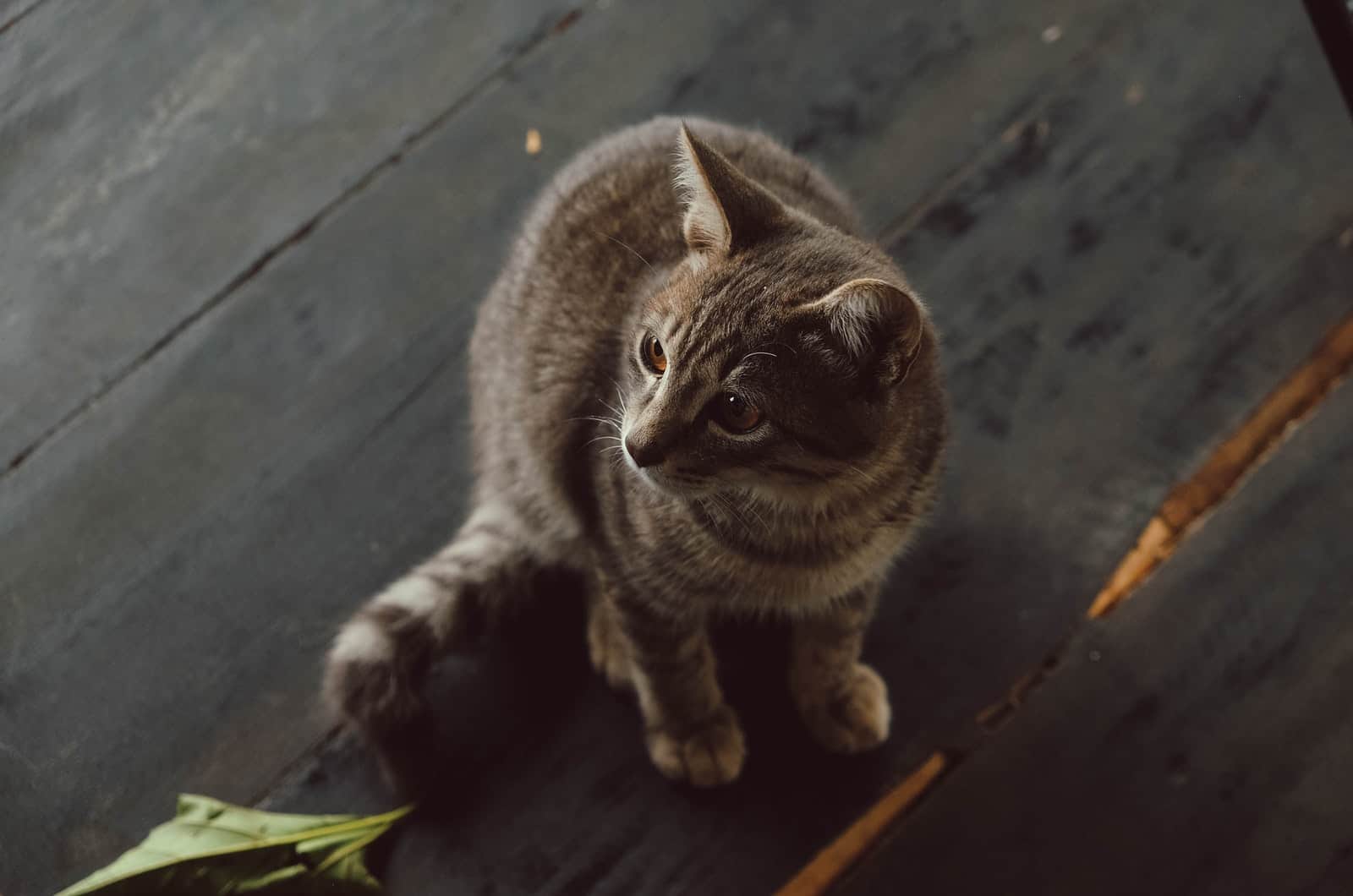
Why Does My Cat Have So Much Undercoat?
Different cat breeds have different coats. Some cats may have a thicker undercoat than others. Sometimes cats have a lot of undercoat because it allows them to maintain their body heat and to regulate their body temperature during the colder months.
Later, with the arrival of warmer days, they start to shed the undercoat in order to keep the fur clean and parasite-free, among other things.
What Does A Double Coat Mean?
A double coat means that a cat’s coat consists of an undercoat which allows the cat to regulate the body temperature; and a topcoat which protects the cat from the sun, radiations, fluids, and other possible damage.
What Is The Difference between An Undercoat And A Topcoat?
An undercoat is the inner layer of the cat’s hair that is closest to the skin. It’s very thick, soft and fluffy. On the contrary, the topcoat consists of longer hairs that protect them.
Final Thoughts
Most cats have double coats. Cats with undercoats may have different hair types including long-haired, curly-haired, and short-haired.
The undercoat is very important for a cat because it helps her maintain body heat and regulate body temperature. A topcoat is also essential. It protects the cat from fluids, the sun, and potential skin irritations.
It’s very important to take proper care of a cat’s fur, especially when it comes to undercoat removal. Although cats self-groom, you should help them with the undercoat removal process because it has many benefits for both you and your feline friend.
Besides that, it’s important to learn how your cat’s fur functions so you can adjust your brushing sessions and use proper grooming tools. Also, make sure you don’t make any of the common grooming mistakes!
Help your cat when she needs it and she’ll return the love to you, one way or another!

